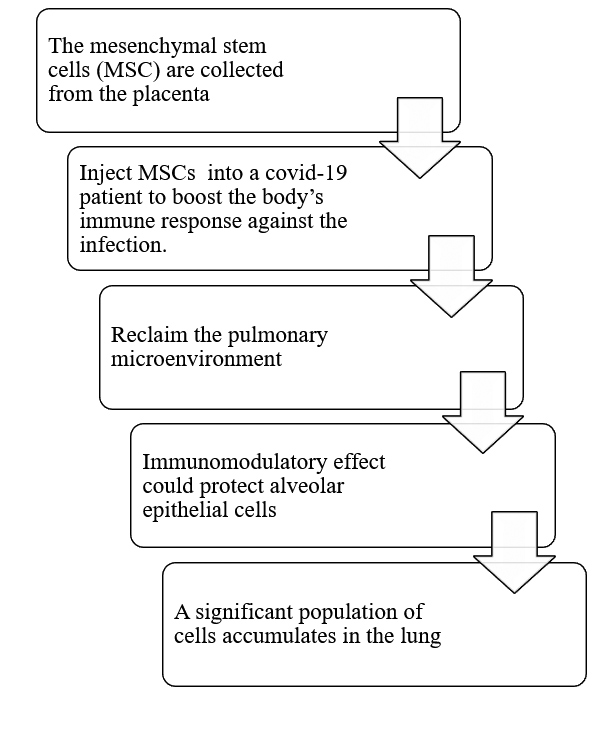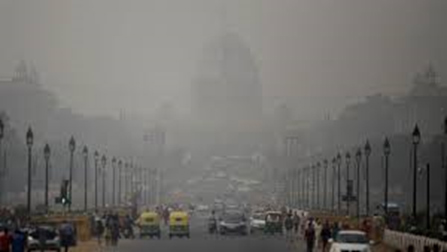The renowned American psychologist Prof. Adam M. Grant once rightly remarked, “The mark of higher education isn’t the knowledge you accumulate in your head. It is the skill you gain about how to learn.” While deliberating on higher education, the contemporary emphasis has been on skills and not on information. Today, information counts for nothing unless the same is converted into concrete professional skills and the press plays a significant part in that conversion process. It is important that young and creative minds take the right decision while choosing their higher education partners and deciding on their career paths. The same can happen only when the press does its bit in providing credible insights and inputs on the state of higher education and employment opportunities.
It is needless to mention that higher education has become a multi-billion dollar business today. The number of institutions doling out higher education has been increasing at the rate of knots. In the clamour for getting a bigger share of the market, higher educational institutions are going the extra mile – at times not in terms of quality enhancement but in terms of showmanship. In the given circumstances, it is increasingly becoming difficult for students to differentiate between cheese and chalk. In a country like India that has more than half of its population below the 25-year-old mark, the quality of education doled out makes a lot of difference. It would not be an exaggeration to note that India can truly become a superpower only if its massive youth population gets the right education. This is exactly where a vibrant media can play its role.
This is even truer for employment. South Asia in general and India in particular is grappling with a massive unemployment problem. According to data gathered by Centre for Monitoring Indian Economy (CMIE), more than 30 million Indians are currently looking for jobs. It has also been seen that the unemployment rate has also been on the upsurge. In the given scenario, it becomes important that the media play an active role in helping the young generation find meaningful employment.
Higher Education and Employment Coverage Needs More Balance
Unfortunately, though, the manner in which higher education and employment are covered by the mainstream media leaves much to desire. While there are advertisements that talk about prospective educational institutions and vacant positions, there is very little discussion on the qualitative aspects of the same. Although some web portals have recently sprung up that cover education and employment extensively, the credibility and authenticity of the information delivered therein are still suspect.
Emphasizing on the need to create a singular space for highlighting higher education and employment news, the Human Resources (HR) Director of a renowned pharmaceutical company said, “Bringing the entire higher education and employment domain together on one platform has a distinct advantage. Views exchanged on such a platform can provide the right cerebral nutrition for career seekers so that they can take correct decisions.”
Rachna Dangar, who is pursuing Psychology (Honours) from the University of Delhi, said, “The Indian media has miserably failed vis-à-vis providing credible information about higher education and employment opportunities. Consequently, at times, many of us take recourse to glitzy advertisements published in the newspapers knowing fully well that we might end up being duped.”
Not just Rachna but many students from across the country voiced their opinions about the absence of a credible platform that provides authentic news and analyses about higher education and current employment scenario.
Soumava Chakraborty, an undergraduate student of education at Gauhati University, pointed towards a rather interesting trend. He said, “A lot of students opt for destinations and not institutions while going for their higher education. Therefore, a student would be inclined towards taking admission at any institute provided the same is in Bengaluru or Pune. Under such circumstances, the quality of the institutions becomes secondary.”
What Ails the India Media When It Comes to Higher Education and Employment Journalism?
If we look at both the print and the electronic media, we shall be able to appreciate that hardly any analysis piece is published on the quality and acumen of various educational institutions. Instead, what we see are countless public relations materials that never talk about the actualities. Although online news portals are somewhat better in terms of covering higher education and employment, a lot more needs to be done.
“The ideal higher education portal is one that is a reliable friend, guide and mentor and speaks to us in our language,” pointed out a student, who has just finished his post-graduation in journalism and mass communication.
One of the fundamental reasons why higher education and employment journalism is neglected is the fact that many journalists consider the beat absolutely boring and non-rewarding. This has more often than not resulted in misreporting. In the name of higher education reporting, journalists have covered violence and criminality in institutions doling out higher education.
As far as employment journalism is concerned, the mainstream media has restricted itself to covering market scenarios. This has resulted in a huge void when it comes to dishing out hardcore facts to job seekers.
Megha Jha, an alumnus of the prestigious Banaras Hindu University, lashed out at the mainstream media for not being empathetic to the condition of the educated unemployed section. She said, “Hardly any story is published on the future prospects involved with various career choices. Consequently, we have to depend solely on the employment advertisements. This often results in wrong career choices.”
Today, the meaning of higher education journalism has practically changed. While some equate higher education news with the political happenings at Jawaharlal Nehru University (JNU) in Delhi, there are others, who believe that higher education journalism is all about students’ activities.
Technology Can Show the Future Way
Many students and job seekers want a mobile news application that would eliminate the need to visit multiple sources to gather information on higher education and employment opportunities.
Alisha John, a qualified computer engineer from Chennai, said, “Rather than mainstreaming news on higher education and employment, the existing news organizations can go for mobile applications, wherein they can classify news on the basis of categories. This would significantly reduce the hardships for users as they can then make use of a singular platform.”
Mohan Ahuja, a professional mobile app developer from Delhi, expressed similar opinions. He opined, “It is perfectly possible to develop a mobile app only for providing news concerning higher education and employment.”
Overseas Education and Research Remain Important Factors
A significant number of students opt for overseas institutes when it comes to higher education. Very few news outlets provide credible and authentic information pertaining to foreign education. The new crop of higher education journalists should effectively keep this in mind.
Shreya Banerjee, who has recently completed her graduation in microbiology, wants to pursue her masters somewhere in Europe. However, she has scant information on European institutes doling out postgraduate degrees in microbiology. She feels that this is where the gap crops in.
Many academicians complained about a severe lack of information concerning research opportunities in the country and abroad.
The Way Forward
Mainstream media organizations need to find out an effective way to deliver content on higher education and employment without compromising on their existing editorial policies. While some newspapers do publish education supplements, those are more of public relations leaflets than real journalistic tools. It is the case with news channels as well.
A mobile application that acts as a singular platform for all sorts of education and employment news seems to be the best foot forward now. While the mainstream news organizations can develop such a news app, an independent news app can actually do wonders in becoming the messenger of unbiased and authentic information on higher education institutions and employment opportunities. Only time will tell if such an initiative sees the light of the day.



















